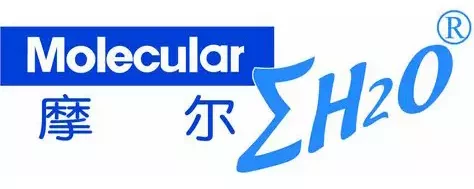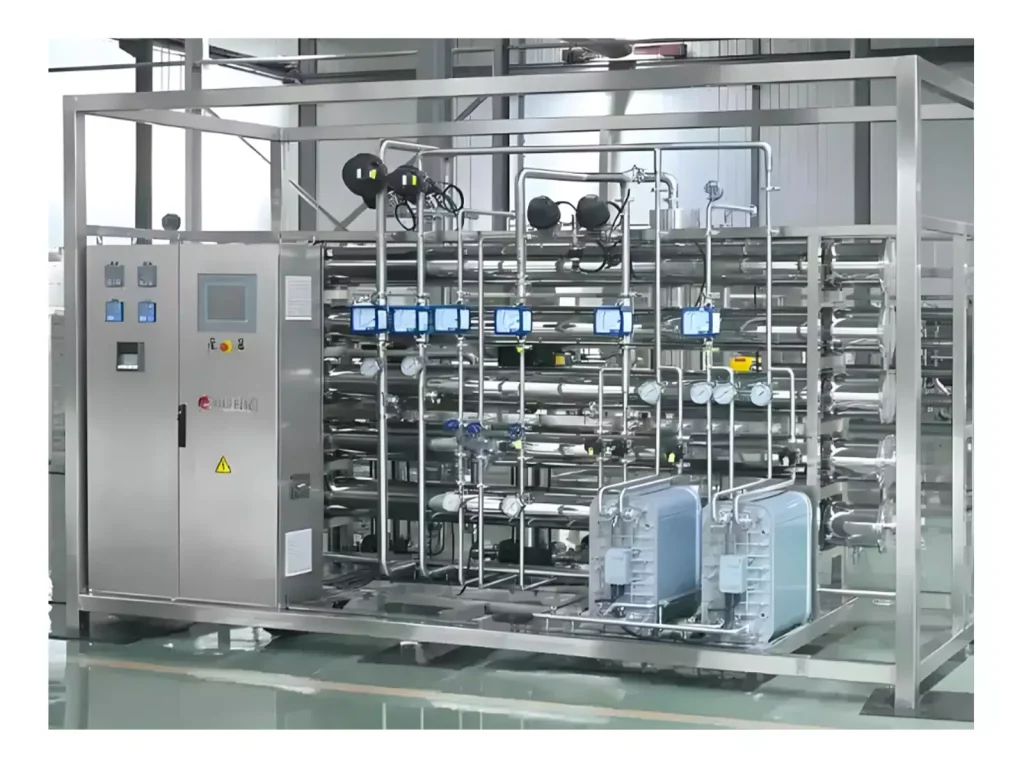Pharmaceutical Antibiotics Wastewater Treatment
The pharmaceutical antibiotics wastewater treatment has the characteristics of complex composition, strong biological toxicity, and multiple difficult to degrade substances, and its treatment requires a multi-stage combination process.
In the wastewater treatment pharmaceutical industry, specialized pharmaceutical wastewater treatment systems are implemented to ensure compliance with strict environmental regulations. These systems integrate steps such as preliminary screening, biochemical treatment (including aerobic and anaerobic digestion), membrane filtration, advanced oxidation processes, and disinfection to reduce pollutant loads effectively.
Share to
Features of Pharmaceutical Antibiotics Wastewater
As a leading pharmaceutical wastewater treatment manufacturer in China, Molewater specializes in providing advanced and customized wastewater treatment solutions for the pharmaceutical industry.
The COD concentration usually reaches 10000-80000 mg/L, containing a large amount of residual antibiotics, organic solvents, and intermediate products.
Containing high concentrations of sulfates (SO ₄² ⁻), heavy metals, and acid-base substances, resulting in significant pH fluctuations (4.0-10.0).
Antibiotic residues strongly inhibit microbial activity and reduce biochemical treatment efficiency.
Core processing flow
Pre-processing
- Physical interception: Grid filtration removes suspended solids (such as mycelium and medicinal residue).
- Advanced oxidation
- Fenton method: By decomposing antibiotics and recalcitrant organic compounds with hydroxyl radicals (OH), the biodegradability is improved (B/C value increases from 0.15 to 0.42).
- Ozone oxidation: deep degradation of residual antibiotics.
- Coagulation precipitation: Add PAC/PAM to remove colloids and some dissolved organic matter.
- Evaporative crystallization (suitable for high salt wastewater): Desalination and recovery of solvents (such as when Cl >32000 mg/L).
Biological treatment
- Anaerobic stage
UASB/EGSB reactor: efficiently degrades COD (removal rate>80%) and generates biogas for energy recovery. - Aerobic stage
SBR/biological contact oxidation: enhances the removal of ammonia nitrogen and organic matter, adapting to water quality fluctuations.
MBR membrane bioreactor: replaces traditional activated sludge process to achieve efficient solid-liquid separation (effluent COD<300 mg/L).
Deep processing
- Membrane separation technology
Nanofiltration (NF)/reverse osmosis (RO): deep desalination and removal of small molecule organic matter, with the resulting water reused for production (such as cooling water). - Adsorption and disinfection
Activated carbon adsorption: removes trace residual antibiotics and chromaticity.
UV disinfection: inactivate pathogens and drug-resistant bacteria to ensure sterile effluent
Get Free Quote
Please fill in the following form, we will respond your request in 24 hours.

